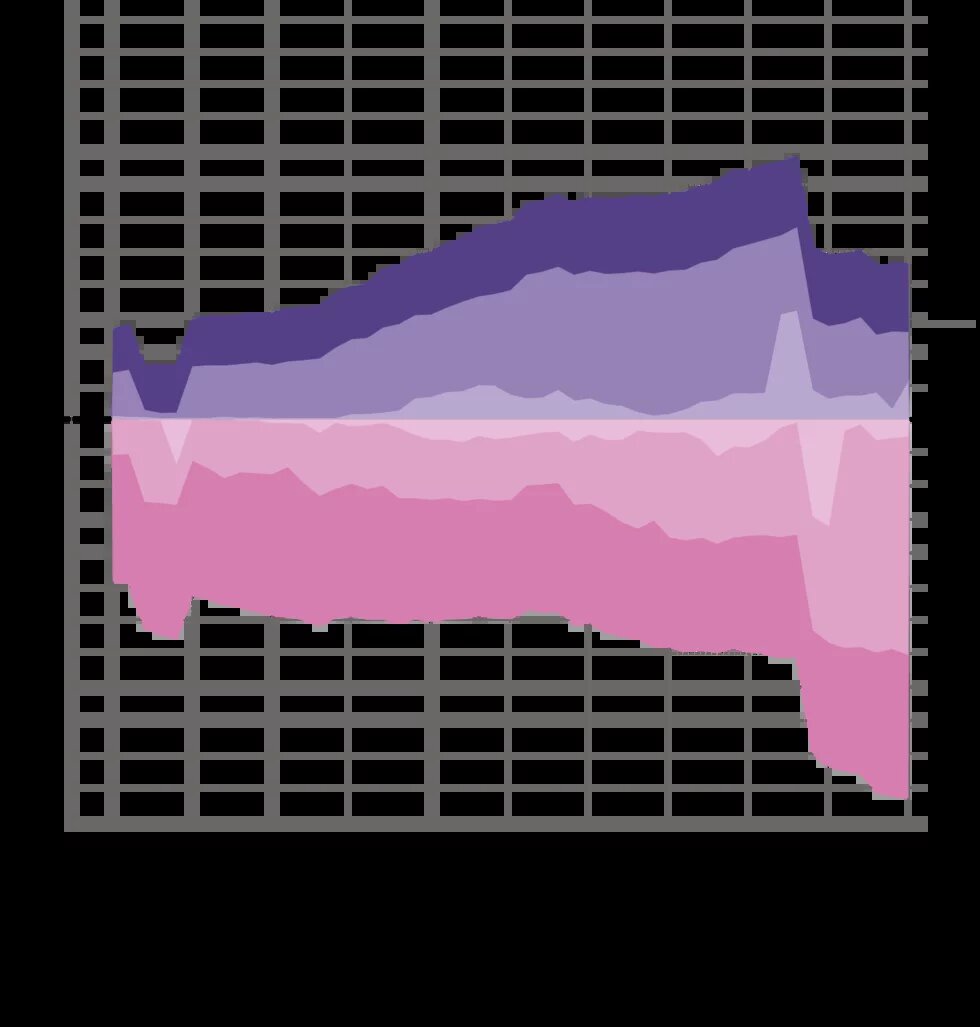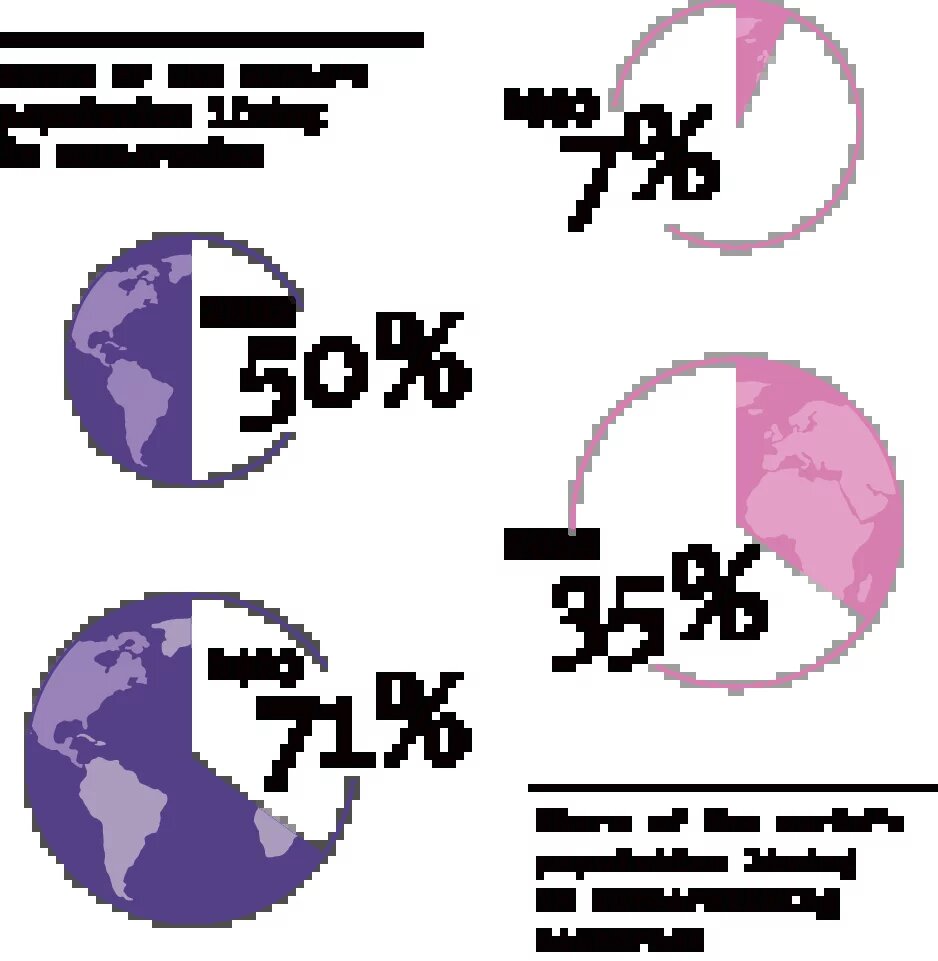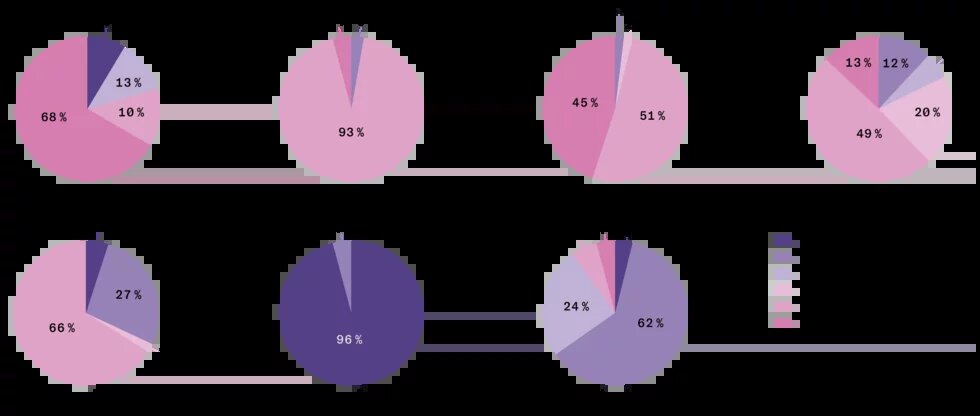Forms of government and how they evolve
In political science, the term democratization means that a country increasingly assumes characteristics of democratic systems, such as free and fair elections, or the right to free expression.
Its development is considered independently of the original situation of a given state. In an autocracy, democratization can mean a certain liberalization, whereas in a democracy, it might mean a further expansion of existing freedoms or greater participation in decisions.
Autocratization describes the opposite development.
Freedom under pressure – How 2003 compares to 2023
Dynamics of 50 years of democratization: Since 2009, more of the world’s population have been living in autocracies than in democracies.
The Democracy Report 2024 is based on data from the Swedish research institute Varieties of Democracy (V-Dem) at the Faculty of Social Sciences at the University of Gothenburg. V-Dem’s Index of Liberal Democracies captures various aspects of democracy, such as elections, the state of the rule of law, or freedom of expression, media, and association, as well as civil liberties. The index ranges from the lowest level of democracy (0) to the highest (1).
Elene Panchulidze answers three questions about democracy in Europe
How resilient have European democracies proven themselves to be in recent years, Ms. Panchulidze?
So far, Europe has largely escaped the global trend towards autocratization. Even the worst cases in Eastern Europe have demonstrated a potential for democratic renewal. This resilience against authoritarianism and right-wing populism is remarkable. In recent years, Europe has been plagued by severe, multiple crises, both domestically and abroad. Democratic Europe’s ability to respond to complex political crises lies primarily in its strong institutions and active citizenry.
How democratic are the decisions of EU institutions?
They are often considered technocratic and not very democratic, despite various attempts to better involve European citizens in decision-making processes at the Commission, Parliament, and the Council, such as the Conference on the Future of Europe or the European Citizens’ Initiative. Yet these initiatives have failed to remedy the democratic deficit of EU institutions. The EU should make more efforts to improve democratic participation in its decisions.
What would it take to build a «European Democracy Shield»?
The debate about such a shield largely revolves around the threat of outside interference. While attacks by external actors are concerning, most of Europe’s democratic woes come from within. Therefore, the EU should pursue a democratic renewal, strengthen its political parties, parliaments, and civil society organizations in order to better involve their citizens in democratic politics.
Elene Panchulidze works as a scholar at the European Partnership for Democracy network in Brussels.
Heike Holdinghausen is a freelance writer and editor at taz.









